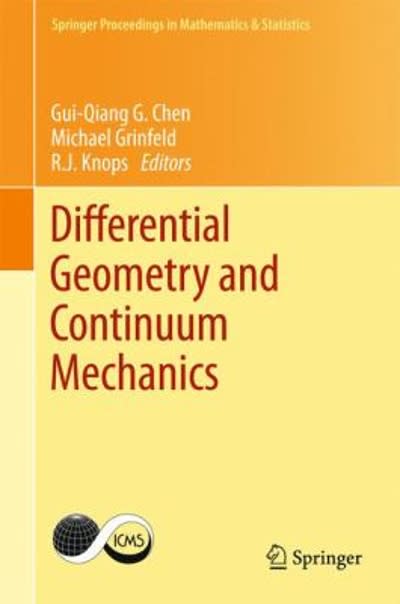Question
Question # Problem 1 in R with RStudio Load the librairies ```{r} library(Hmisc) library(caret) library(rpart) library(tree) library(e1071) library(ggplot2) library(randomForest) ``` Load the data ```{r} mytrain
Question
# Problem 1 in R with RStudio
Load the librairies
```{r}
library(Hmisc)
library("caret")
library("rpart")
library("tree")
library("e1071")
library(ggplot2)
library(randomForest)
```
Load the data
```{r}
mytrain = read.csv("https://mathstat.dal.ca/~fullsack/DATA/titanictrain.csv")
mytrain = read.csv("https://mathstat.dal.ca/~fullsack/DATA/titanictest.csv")
mytitanic = rbind(mytest0,mytrain0)
nrec=nrow(mytitanic)
```
You will be using the column 'Survived' as the outcome in our models. This should be treated as a factor.
All other columns are admissible as predictors of this outcome.
HINT-1: you can use the following template to split the data into folds, e.g. for cross-validation.
# Randomly shuffle your data
yourData<-yourData[sample(nrow(yourData)),]
# Create 10 pre-folds of equal size
myfolds <- cut(seq(1,nrow(yourData)),breaks=10,labels=FALSE)
# use these pre-folds for cross-validation
for(i in 1:10){ # loop over each of 10 folds
# recover the indexes of fold iand define the indexes of the test set
testIndexes <- which(myfolds==i,arr.ind=TRUE)
# define yout testfor this fold
testData <- yourData[testIndexes, ]
# define your training set for this fold as the complement
trainData <- yourData[-testIndexes, ]
#....
}
HINT-2: Use the following template to split data into a train and a test set of roughly the same size
set.seed(44182) # or use the recommended seed
trainindex=sample(1:nrec,nrec/2,replace=F)
mytrain=mydata[trainindex,] # training set
mytest=mydata[-trainindex,] # testing set =complementary subset of mydata
1. Define a 5 pre-folds of equal size of 'mytitanic' in a variable called 'myfolds'
(2 points)
```{r}
set.seed(2255)
# shuffle
#
# Create 5 folds of equal size
# myfolds ...
```
2. Use pre-fold number 3 to define a testing and a trainingset named 'mytest' and 'mytrain'
```{r}
i=3 # fold number to use
```
3. Fit a Random Forest model to the 'mytrain' dataset. Use the column 'Survived' as a factor outcome. Require importance to be true
and set the random seed to 523. (This is the 'trained model'). (2 points)
```{r}
# Fitting Random Forest Classification to the training set 'mytrain'
```
4. Plot the trained model results.
Has the OOB error rate roughly equilibrated with 50 trees?
Has the OOB error rate roughly equilibrated with 500 trees?
What is the stationary value of the OOB error rate?
Which of death or survival has the smallest prediction error?
(4 points)
```{r}
#
```
5. Calculate the predictions on 'mytest', the misclassification error and the prediction accuracy. (2 points)
```{r}
# Predicting survival on mytest
```
6. Print and plot the importance of predictors in the trained model. (2 points)
```{r}
```
```{r}
```
Now you are going to have a more direct look at predictors for the records in 'mytest'.
Tabulate the chances of survival by the column 'Title'. What do you conclude? (2 points)
Which other predictor would have given you the same information? (1 points)
Are the predictors independent? (1 points)
```{r}
```
```{r}
```
What is the median fare of passengers ? (1 points)
Hint: use the column 'Fare'
```{r}
```
Tabulate the survival according to the binary variable mytest$Fare < 15(2 points)
```{r}
table(mytest$Fare < 15,mytest$Survived)
```
```{r}
rm(mytrain,mytest)
#mytrain
```
7. Complete the code of the following function, which returns a vector of classification accuracies for $nrep$ random splits
into a training and testing sets of size half the number of records in the dataset 'mytitanic'.(4 points)
```{r}
dotitan <- function(nrep,ntree,mtry){
set.seed(495)
acc = NULL
for(i in 1:nrep){
rm(mytrain,mytest)
nrec=nrow(mytitanic)
#define a train -test split as recommendedin the hints
# Fit a Random Forest Classification to the training set, using ntree trees and mtry predictors
# Predict the response on the testing set
# tabulate the prediction accuracy( Confusion matrix )
# compute the misclassification error
# compute the classification accuracy
}
# return the classification accuracy
}
```
Run the function with 100 replicates, 500 trees per fit and 4 variables. (1 points)
Compute the mean accuracy and plot the histogram. Is the prediction performance of random forest highly variable?(2 points)
```{r}
```
8. Once again, define a train-test split ('mytrain' and 'mytest') of 'mytitanic' of size ntrain=nrec/2, as recommended in the hints.
Take 332 for random seed.
```{r}
```
Run 50 independent fits of the random forest model, all using the SAME dataset mytrain.
Accumulate the accuracy of each fit in an array of size 50. Plot the histogram of this array.
Do the different fits produce similar accuracies?(4 points)
```{r}
```
Step by Step Solution
There are 3 Steps involved in it
Step: 1

Get Instant Access to Expert-Tailored Solutions
See step-by-step solutions with expert insights and AI powered tools for academic success
Step: 2

Step: 3

Ace Your Homework with AI
Get the answers you need in no time with our AI-driven, step-by-step assistance
Get Started


